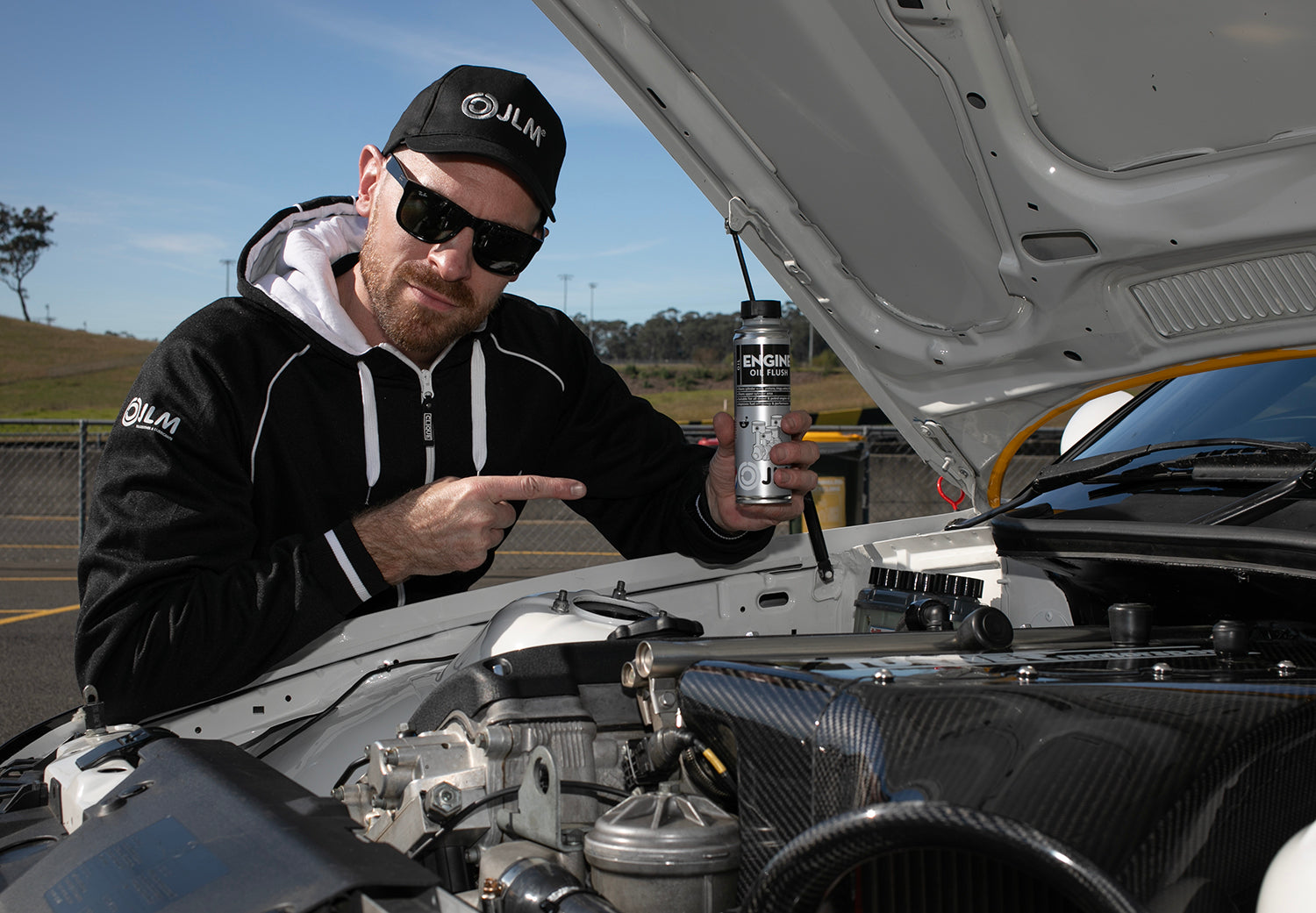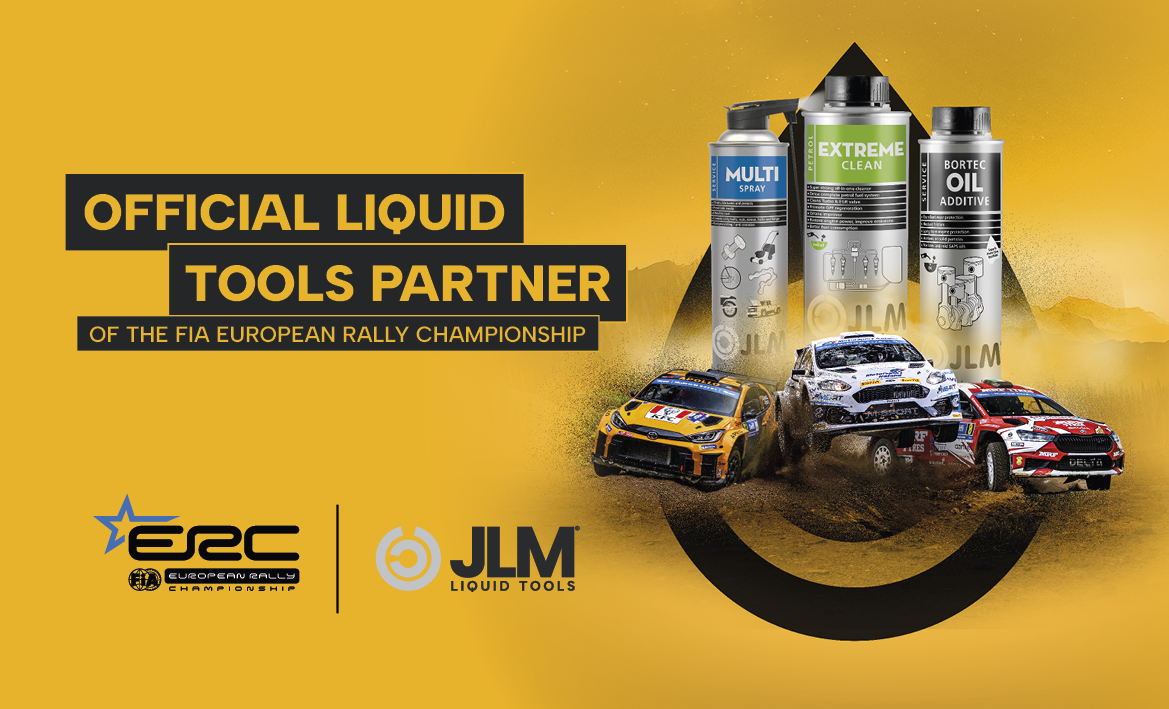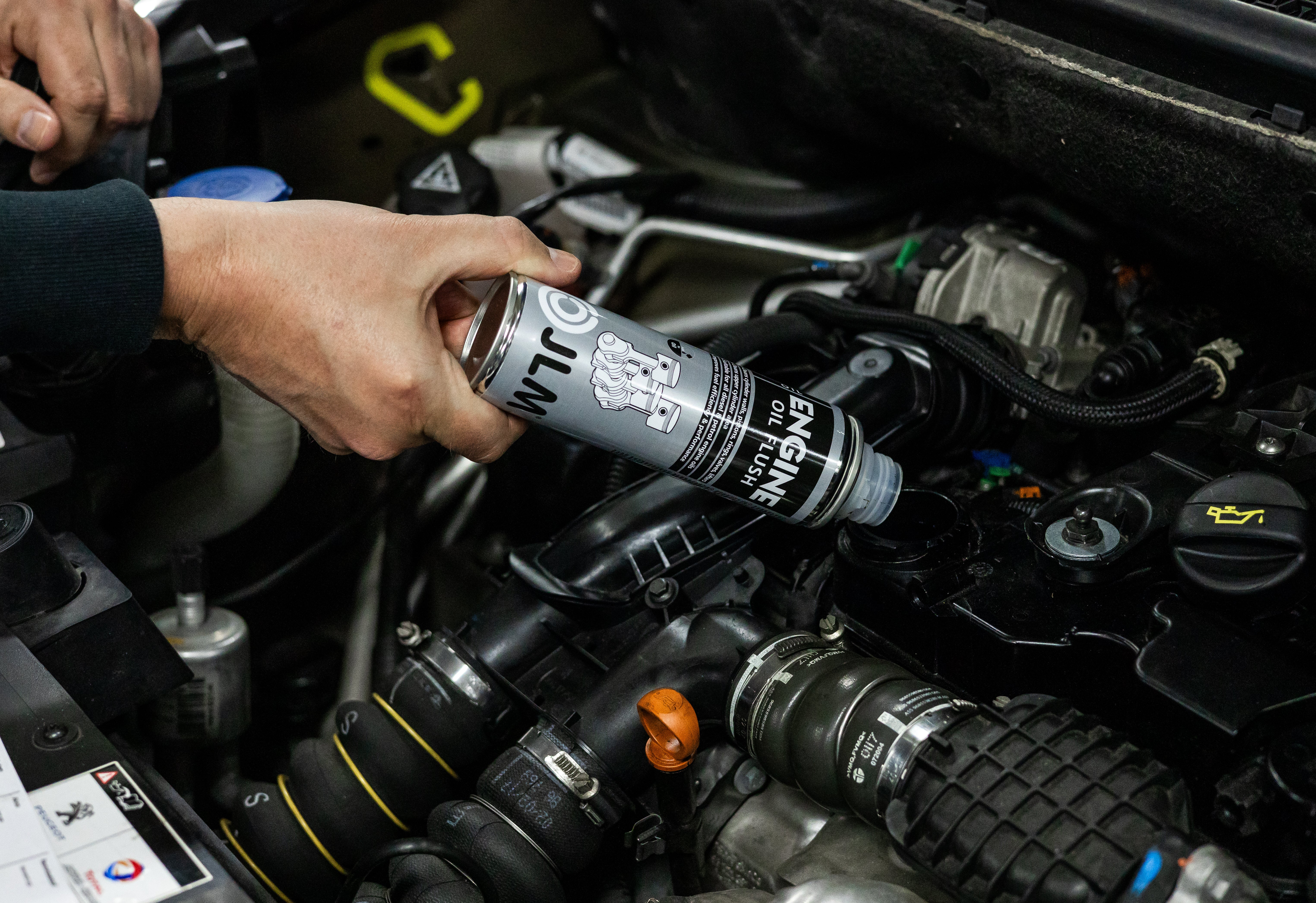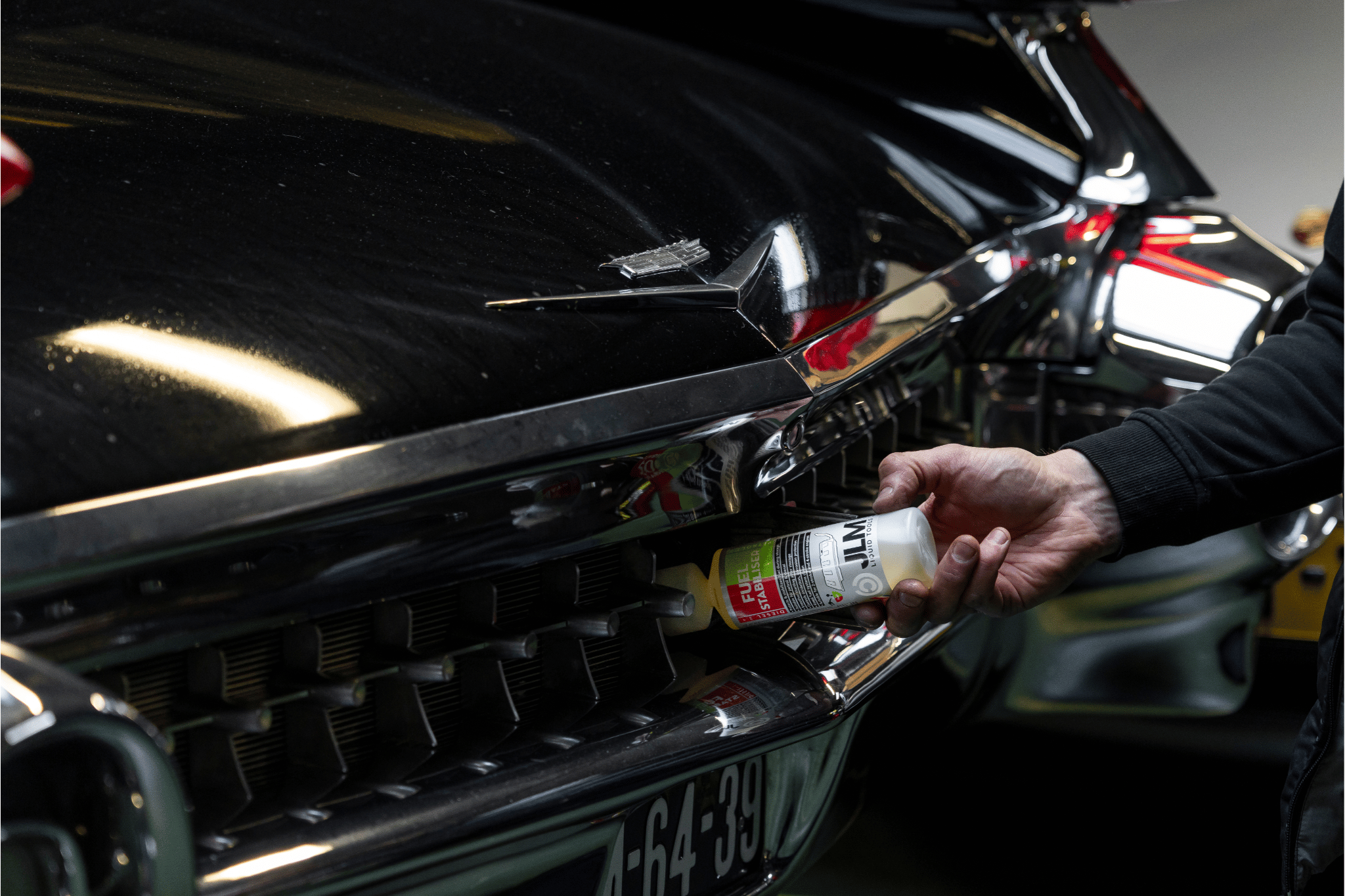
Why Choose JLM Oil-Based Engine Flush Over Solvent-Based Flushes?
When it comes to maintaining a clean and efficient engine, using an engine oil flush before an oil change is a smart decision. However, not all engine flushes are created equal. Many mechanics and car owners debate whether to use an oil-based engine flush like JLM Engine Oil Flush or a solvent-based flush. Understanding the differences can help you make the best choice for long-term engine health and performance.
Oil-Based vs. Solvent-Based Engine Flush: What’s the Difference?
Oil-Based Engine Flush (JLM Engine Oil Flush)
JLM Engine Oil Flush is formulated with detergents and dispersants that gradually break down sludge and deposits without aggressive chemical reactions. Unlike solvent-based flushes, it works in a controlled and safe manner, making it a great option for regular maintenance.
✅ Advantages of JLM Oil-Based Engine Flush
1. Mild Yet Effective Cleaning
- Dissolves sludge and carbon deposits slowly, reducing the risk of sudden debris dislodgement that could clog oil passages.
- Ideal for maintaining engine cleanliness over time rather than as a one-time aggressive treatment.
2. Safer for Seals and Gaskets
- Does not damage rubber seals, gaskets, O-rings, or oil seals, reducing the risk of oil leaks.
- This makes it a safer choice for high-mileage vehicles where older seals might be more vulnerable.
3. Compatible with Engine Oil
- Mixes well with engine oil, ensuring consistent oil viscosity during the cleaning process.
- Unlike solvent-based flushes, it does not thin out the oil or compromise lubrication.
4. Minimized Risk of Blockages
- The controlled cleaning action prevents large chunks of sludge from breaking loose and clogging oil filters or passages.
- This makes it ideal for everyday vehicles rather than just heavily neglected engines.
5. No Immediate Damage if Left in the Engine
- If a mechanic accidentally forgets to drain a JLM oil-based flush, it won’t cause immediate harm.
- This extra safety margin makes it a reliable option for routine use.
❌ Disadvantages of Oil-Based Engine Flushes
- Slower Cleaning Process
- Requires more time to fully dissolve stubborn deposits. In some cases, multiple oil change cycles may be needed for optimal results.
- Less Effective on Severe Carbon Build-Up
- May not completely remove extremely hardened carbon deposits in heavily neglected engines.
Solvent-Based Engine Flushes
Solvent-based flushes use aggressive chemicals to break down sludge and deposits quickly. While they can be effective, they come with significant risks, especially if not used correctly.
✅ Advantages of Solvent-Based Flushes
1. Fast & Powerful Cleaning
- Quickly dissolves heavy sludge and carbon deposits, making it a good option for severely neglected engines.
2. More Effective for Heavy Carbon Build-Up
- Works well on engines with thick sludge and stubborn deposits that an oil-based flush may not fully remove.
❌ Disadvantages of Solvent-Based Flushes
- Harsh on Engine Seals & Gaskets
- The aggressive nature of solvents can dry out or damage rubber seals and gaskets, increasing the risk of leaks.
- Can Dilute Oil & Reduce Lubrication
- Some solvent residues may remain in the engine, thinning out fresh oil and reducing HTHS viscosity, which can lead to wear and tear.
- Risk of Sudden Blockages
- Quickly breaking up sludge can release large debris chunks, potentially clogging oil passages or the oil filter.
- Requires Strict Usage Guidelines
- Solvent-based flushes must be used carefully and drained completely. If left in the engine too long, they can cause damage, especially when misused.
Why JLM Oil-Based Flush is the Best Balance of Effectiveness & Safety
While solvent-based flushes can be useful for extremely dirty engines, they pose higher risks. On the other hand, JLM Engine Oil Flush provides the right balance between effective cleaning and engine safety.
By using milder detergents that gradually break down sludge, JLM Engine Oil Flush keeps engines clean without harming seals, altering oil viscosity, or causing sudden clogs.
For regular maintenance and safe, long-term engine protection, JLM’s oil-based flush is the smarter choice. It ensures a cleaner engine, better lubrication, and longer engine life—without the risks of aggressive solvents.
Conclusion: The Safe & Smart Choice for Oil Changes
As a mechanic, you want the best for your customers’ engines. Using JLM Oil-Based Engine Flush before an oil change helps maintain optimal engine performance without unnecessary risks.
By choosing a controlled, safe, and effective cleaning solution, you ensure that engines run smoother, last longer, and avoid costly repairs down the line.


